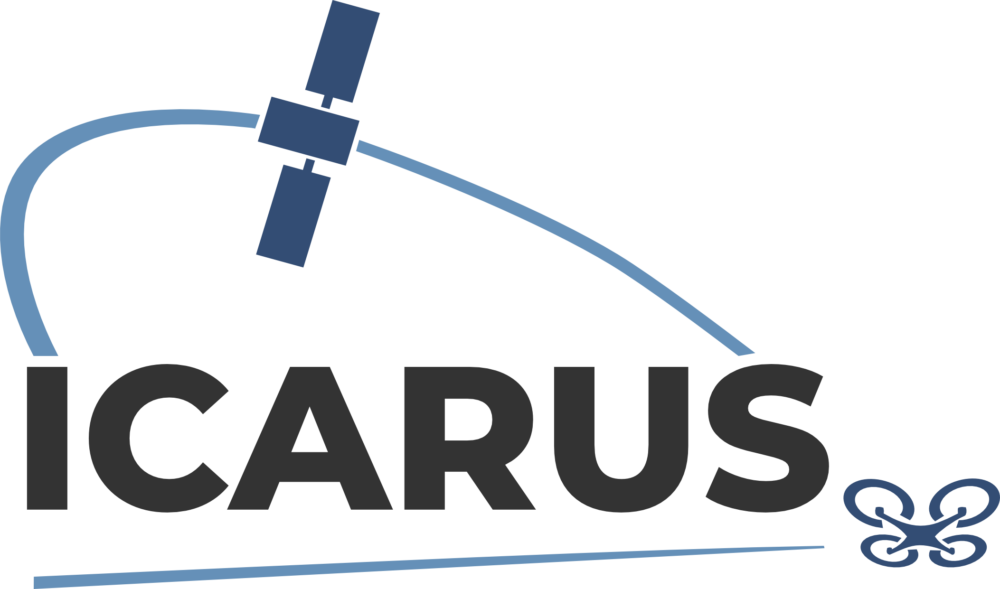On the 31st of July ICARUS crossed the finish line, in this occasion the consortium is glad to present the final video.
Starting from the problem statement, this video recalls the solution developed and the impact on UAS and GA communities.
Why a Common Altitude Reference System?
In manned aviation, the aircraft’s altitude is determined using pressure measurements while drones generally use GNSS.
Also, barometric altitude estimation is not very accurate in very low-level airspace, especially over cities, and cannot address the challenges arising from flying very near, or sometimes even lower than ground obstacles.
The ICARUS solution
The ICARUS solution to these problems is based on U-space services.
The consortium has developed two new services:
- Vertical Conversion Service
- Vertical ALert Service
And have improved three existing services:
- Geospatial information service
- GNSS monitoring service
- Meteorological service
The International Organization for Standardization will include these services in the standards related to UTM, which will be strongly recommended to industry and service providers.
The requirements of ICARUS fulfill the specific needs of the drone community and the professional aviation industry and have been successfully validated in scenarios representative of real use cases.
The impact of ICARUS
ICARUS’s impact in UAS and GA communities can be summarised as follows:
Bring a common reference to all the users that share airspace for increased safety and improving the integration of manned and unmanned traffic.
Provide consistent vertical information, resulting in better management of congested airspaces and maximisation of capacity.
Enable BVLOS operations in VLL airspace using the ground and aerial obstacles alert service VALS.



